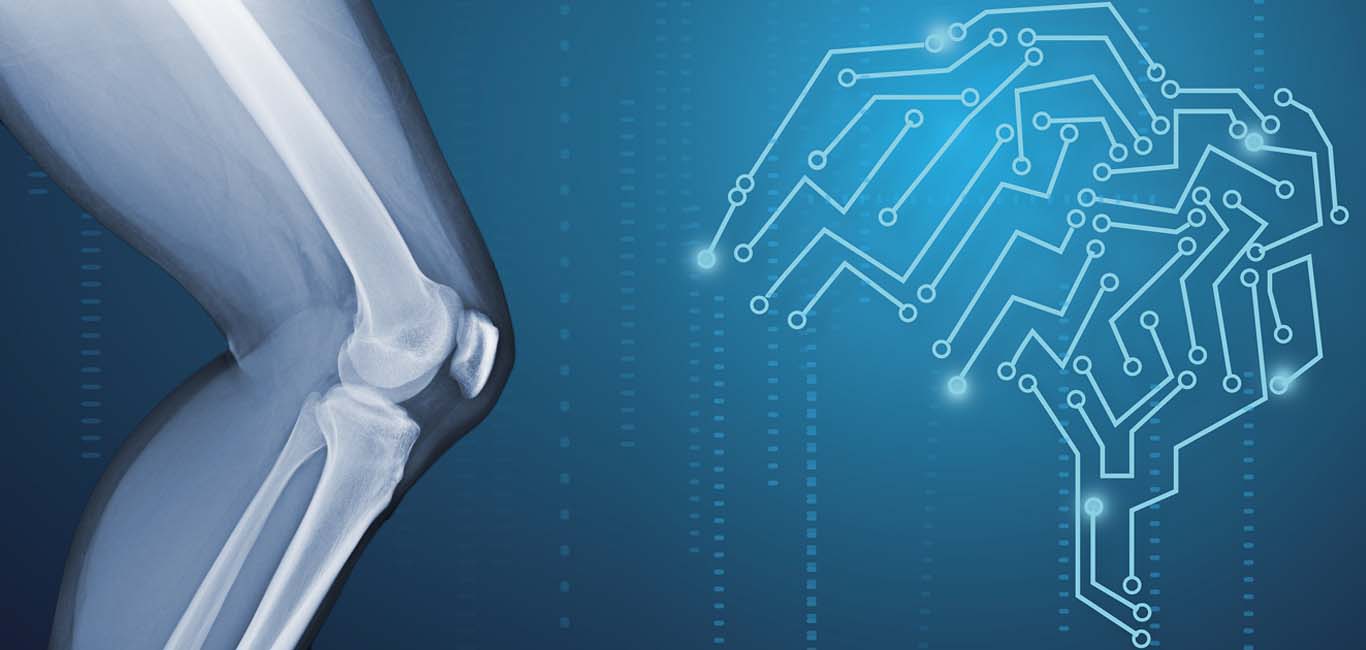
AI model developed by IIT Guwahati researchers can predict the healing of thigh bone fractures after surgery, potentially reducing pain and treatment cost
Researchers at the Indian Institute of Technology Guwahati have developed an artificial intelligence or AI model to predict the healing of thigh bone fractures after surgery.
The model has the potential to reduce pain, the time taken to heal and the cost of treatment.
The researchers said that AI could help a surgeon choose the right implant or surgery technique to treat the fracture. The prediction is based on various biological and patient-specific parameters including diabetes and smoking.
“AI has tremendous potential when it comes to understanding and predicting complex biological phenomena and hence, can play a big role in health sciences applications,” said Dr Souptick Chanda, assistant professor in the Department of Biosciences and Bioengineering at IIT Guwahati, who led the development of the AI.
Currently, the best treatment methodologies are based on the intuition of surgeons and there is no way to predict outcomes. The researchers hope the app they are developing based on the algorithm can be used by doctors and hospitals as part of their fracture treatment protocols.
The researchers studied the efficacy of various screw fixation mechanisms in the healing of thigh bone fractures, claiming that the predictions made by the model “agreed well” with the experimental observations. They published the results of their findings in the open-source journal PLoS One.
The development of the AI model gains significance as incidences of thigh and hip bone fractures are on the rise. The researchers said that in India alone, 200,000 hip bone fractures occur annually – a trend that can be attributed to the growing geriatric population.
The team from IIT Guwahati is currently collaborating with orthopaedics at the North Eastern Indira Gandhi Regional Institute of Health and Medical Sciences Hospital in Shillong to conduct animal studies. With this, it expects to further validate the AI and finetune its parameters.
The researchers said the tool could also be used to decide treatment for veterinary fractures similar to human fractures.

















